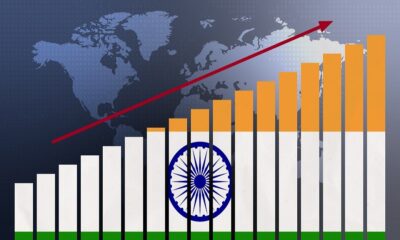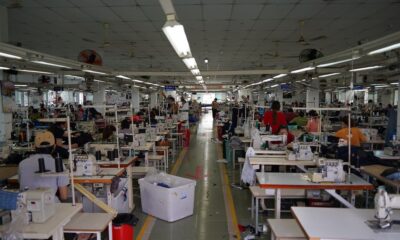Fashion
Experts call for market diversification as US tariff heat rises
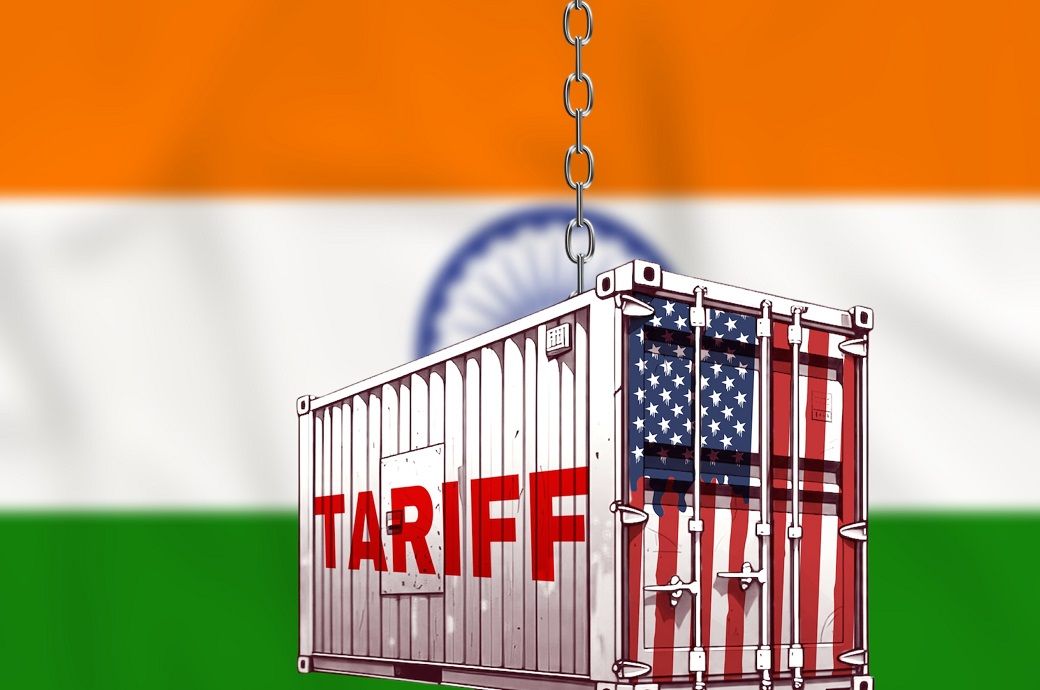
US President Donald Trump’s additional tariff of 25 per cent on Indian goods is set to take effect in a few days, even as Indian industries continue to grapple with the potential fallouts.
Sectors that are heavily reliant on exports to the US, chief among which is the textile and apparel sector, find themselves directly in the line of fire. The US remains one of the largest markets for Indian textiles, making the sector highly vulnerable to policy shifts like this one.
The US move to double tariffs on Indian goods to 50 per cent, as noted in a Morgan Stanley report, could cut up to 80 basis points from India’s GDP growth over the next 12 months—unless offset by government measures, policies, and reforms, media reports underlined.
The textile industry, being one of the country’s largest employment generators and exporters, is expected to suffer a substantial setback. The readymade garments sector—which earns around 10–15 per cent of its revenue from the US, according to some estimates—risks losing competitiveness to competing countries.
The impact on home textiles and carpets could be more severe, claim industry insiders.
Experts are thus emphasising the urgent need for India to diversify its export markets. While the US has been a dominant trade partner, overdependence on a single country makes India’s apparel export sector more susceptible to shocks.
Experts suggest that India should expand its presence in regions like ASEAN, the European Union, Africa, Latin America, and also deepen ties with BRICS nations to cushion the blow.
Though some of these markets may not match the size of the US, diversification helps mitigate future risks and reduces vulnerability to geopolitical coercion. Experts underline that an aggressive pursuit of Free Trade Agreements (FTAs) and new strategic partnerships is now essential. They also point out that India’s ability to navigate this crisis will depend on policy agility, global alliances, and a recalibrated trade strategy.
And if recent media reports are something to go by, India is already ramping up efforts to expand its export outreach to a large number of countries. These initiatives are aimed at reducing reliance on any single market to insulate Indian exporters from future disruptions. Africa, for instance, is emerging as one of the world’s fastest-growing consumer regions, offering substantial opportunities across sectors.
Latin America also presents a promising avenue, not only for textiles but also for pharmaceuticals and chemicals exports.
India’s trade agreements with countries like UAE, Australia, etc., signed earlier, as well as the recent Comprehensive Economic and Trade Agreement (CETA) with the UK, experts believe, could help Indian exporters find more resilient and sustainable revenue streams over the long term, even if some projections suggest that India’s exports to non-US markets could grow by 15–20 per cent annually over the next five years. If realised, this would significantly enhance India’s global trade position and reduce its overdependence on the US.
While it remains to be seen how quickly and successfully India can execute the diversification strategy, industry voices agree that it is no longer a matter of choice but a necessity. Even if trade talks with the US resume and a more favourable agreement is reached, exporters argue that the evolving global geopolitical landscape makes it imperative for India to build a wider and more balanced portfolio of export destinations.
The US has announced an additional 25 per cent tariff on Indian goods, posing a significant challenge to export-driven sectors, particularly those in the apparel and textiles domain.
According to some estimates, the US move to double tariffs on Indian goods to 50 per cent could cut up to 80 bp from India’s GDP growth over the next 12 months.
Experts stress the need for urgent market diversification.
Fibre2Fashion News Desk (DR)
Fashion
Chanel debuts A$AP Rocky as ambassador, with Margaret Qualley teaser video
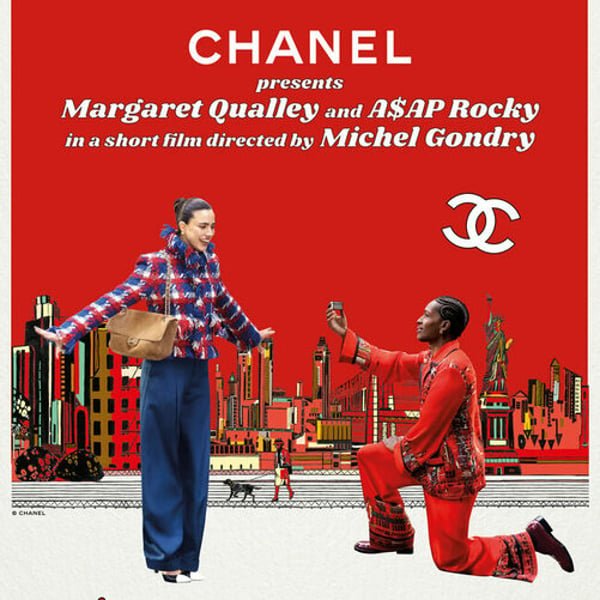
Published
November 30, 2025
Chanel has appointed A$AP Rocky as a new brand ambassador and debuted his tenure with a teaser video shot in New York co-starring Margaret Qualley.
The video appeared Sunday just 48 hours before Chanel’s couturier Michel Blazy will stage his debut collection of Métiers d’Art also in New York. It’s a unique line first created by Karl Lagerfeld that highlights the unique stable of artisans Chanel has assembled in such skills as embroidery, pleating, glove-making and costume jewelry.
Directed by Michel Gondry, the 2.49-minute short opens with the stars waking up in the bed of a walkup apartment in Williamsburg. Where, after a quick peck on her lover’s forehead, Qualley disappears into a tiny bathroom, before magically changing out of her blue nightie and reappearing in a red, white and blue houndstooth Chanel jacket, paired with pale blue pants, her hair in a chignon.
https://www.youtube.com/watch?v=live
No sooner than she has disappeared, than A$AP leaps out of bed and descends the tenement building’s outside steel stairs and sets off on a mad dash after Qualley. This leads to him swimming under the Brooklyn Bridge, and running north through the Lower East Side, before finally catching up with Qualley at Astor Place station. All the action backed up my moody ambient music courtesy of Le Motel.
In between, the rapper and husband of Rihanna, manages to find time to stop in two discount stores to acquire pants and a blazer. Arriving just in time, to genuflect onto one knee, and hold out a small white Chanel box, containing one assumes a diamond engagement ring, at the station entrance. The sight of which leads the actress to leap into the air in paroxysm of joy, before the happy couple march arm and arm back into the subway.
And off one assumes to attend the Métiers d’Art show, which will be revealed on Tuesday, 8 p.m. NYC time.
Copyright © 2025 FashionNetwork.com All rights reserved.
Fashion
Canada’s Lululemon revamps commercial strategy with new global leader
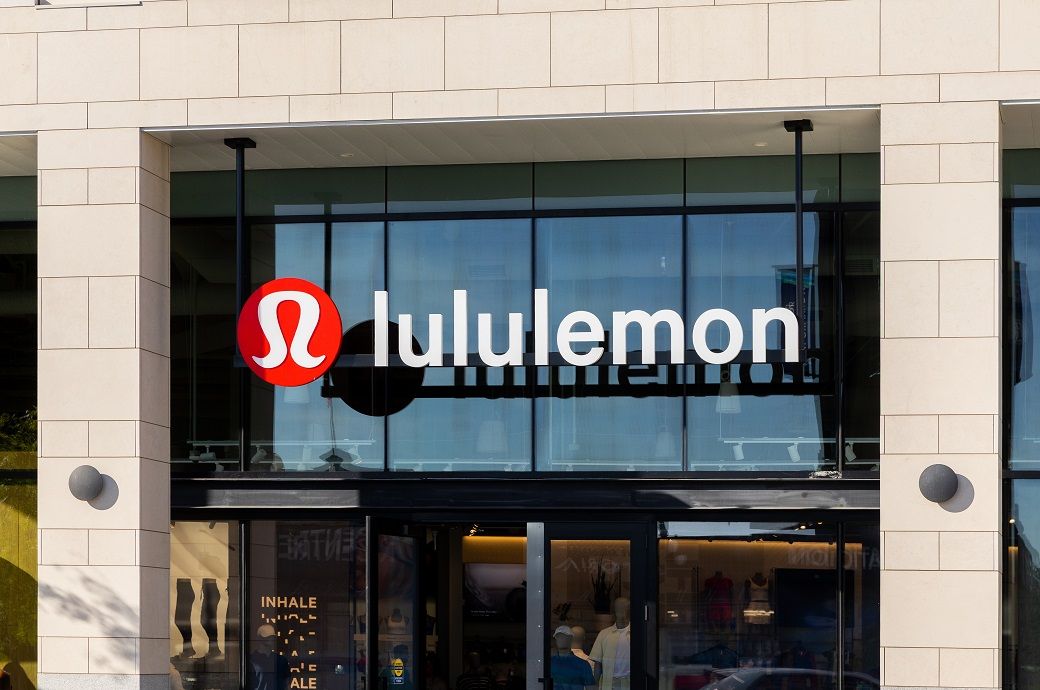
Ms. Burgoyne joined lululemon in 2006 and became the company’s first President in 2020. Throughout her tenure, she has assumed roles of increasing responsibility and led the North America business through periods of rapid growth and expansion.
Lululemon Athletica has announced that Celeste Burgoyne, president of the Americas and global guest innovation, will leave at the end of December 2025 after 19 years with the brand.
The company will consolidate regional leadership and has appointed André Maestrini as president and chief commercial officer, giving him global oversight of stores, regions, digital channels and commercial strategy.
“We are grateful for Celeste’s leadership and significant contributions to lululemon’s business and culture over the past 19 years. She has been instrumental in growing our footprint in the Americas, creating high-quality guest experiences, and mentoring our teams across the organization,” said Calvin McDonald, Chief Executive Officer, lululemon. “I deeply appreciate her partnership and friendship, and we wish her all the best in the future.”
“My time at lululemon has been both inspiring and rewarding beyond belief,” said Ms. Burgoyne. “I am so proud of what we have accomplished as an organization since I joined in 2006 and know the team will take the company to even greater heights in the years to come. I look forward to continuing to support the brand as a lifelong fan.”
In conjunction with this announcement, lululemon has made the decision to consolidate regional leadership across the company and appoint André Maestrini as President and Chief Commercial Officer, effective immediately. Mr. Maestrini will continue to report directly to Mr. McDonald.
In this newly created role, Mr. Maestrini will provide integrated oversight of all of lululemon’s regions, stores, and digital channels globally. He will also oversee lululemon’s global commercial strategy with a focus on continued market expansion, revenue generation, and accelerating best practice sharing, across all regions including North America.
Mr. Maestrini joined lululemon in 2021 as Executive Vice President of International. In his current role, he has overseen lululemon’s operations in EMEA, APAC, and China Mainland, and has helped to more than quadruple lululemon’s international revenues.
“André has demonstrated a proven ability to unlock opportunities, advance our global expansion, and deliver growth across multiple markets,” said Mr. McDonald. “Leveraging operational discipline, deep guest insights, and extensive brand-building experience, André is the ideal person to lead our business across all markets, including North America, as we remain focused on delivering value for our guests, employees, and shareholders.”
Before joining lululemon, Mr. Maestrini spent 14 years at adidas in various senior roles across the globe. During this time, he served in a number of General Manager positions where he helped grow the company’s global sports categories and regional markets. Prior to adidas, Mr. Maestrini held marketing roles at The Coca-Cola Company, Danone, and Kraft Jacobs Suchard.
Note: The headline, insights, and image of this press release may have been refined by the Fibre2Fashion staff; the rest of the content remains unchanged.
Fibre2Fashion News Desk (RM)
Fashion
India’s growth expected to be robust despite external headwinds: IMF
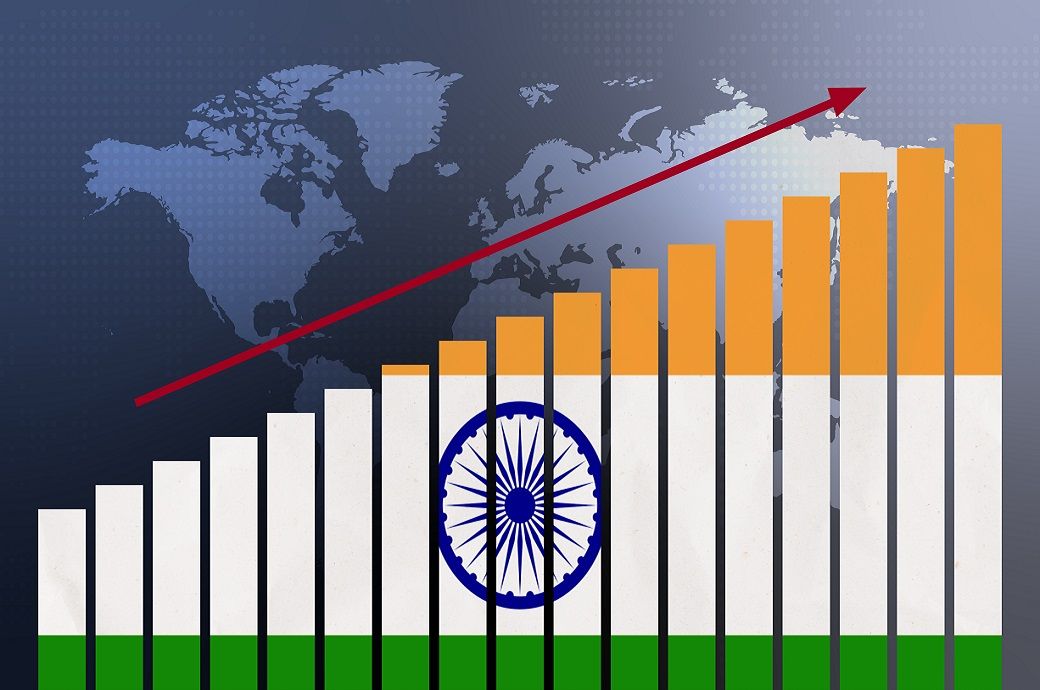
Under the baseline assumption of prolonged 50-per cent US tariffs, India’s real gross domestic product (GDP) is projected to grow at 6.6 per cent in fiscal 2025-26 (FY26) before moderating to 6.2 per cent in FY27, the IMF said.
The reform of the goods and services tax (GST) and the resulting reduction in the effective rate are expected to help cushion the adverse impact of tariffs.
Despite external headwinds, India’s growth is expected to be robust, backed by favourable domestic conditions, the IMF has said.
Assuming prolonged 50-per cent US tariffs, FY26 real GDP may grow at 6.6 per cent before moderating to 6.2 per cent in FY27.
Further deepening of geo-economic fragmentation could lead to tighter financial conditions, higher input costs and lower trade, FDI and economic growth.
Headline inflation is projected to remain well contained, reflecting the one-off effect of the GST reform and continued benign food prices, it remarked in a release.
Looking ahead, India’s ambition to become an advanced economy can be supported by advancing comprehensive structural reforms that enable higher potential growth, the IMF noted.
There are significant near-term risks to the economic outlook. On the upside, the conclusion of new trade agreements and faster implementation of structural reform domestically could boost exports, private investment and employment.
On the downside, further deepening of geo-economic fragmentation could lead to tighter financial conditions, higher input costs and lower trade, foreign direct investment (FDI) and economic growth.
Unpredictable weather shocks could affect crop yields, adversely impact rural consumption and reignite inflationary pressures, the IMF added.
Fibre2Fashion News Desk (DS)
-

 Sports7 days ago
Sports7 days agoWATCH: Ronaldo scores spectacular bicycle kick
-

 Entertainment7 days ago
Entertainment7 days agoWelcome to Derry’ episode 5 delivers shocking twist
-

 Politics7 days ago
Politics7 days agoWashington and Kyiv Stress Any Peace Deal Must Fully Respect Ukraine’s Sovereignty
-

 Business7 days ago
Business7 days agoKey economic data and trends that will shape Rachel Reeves’ Budget
-

 Tech5 days ago
Tech5 days agoWake Up—the Best Black Friday Mattress Sales Are Here
-

 Fashion7 days ago
Fashion7 days agoCanada’s Lululemon unveils team Canada kit for Milano Cortina 2026
-

 Tech5 days ago
Tech5 days agoThe Alienware Aurora Gaming Desktop Punches Above Its Weight
-

 Politics1 week ago
Politics1 week ago53,000 Sikhs vote in Ottawa Khalistan Referendum amid Carney-Modi trade talks scrutiny


